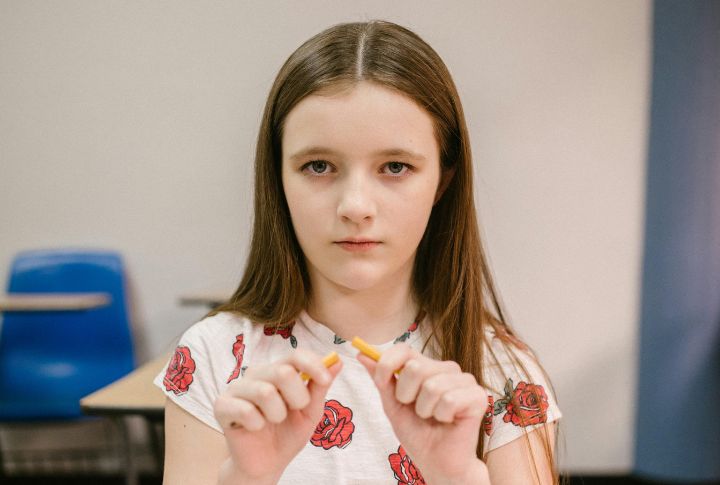
You probably think you’d notice if your child’s behavior or environment isn’t healthy. But would you really? The habits that predict violence don’t always look scary at first. They hide behind excuses like creativity, independence, or just going through a phase. Professionals know what to look for, though. Here’s what separates normal behavior from something that needs immediate attention.
Repeated Harm To Animals
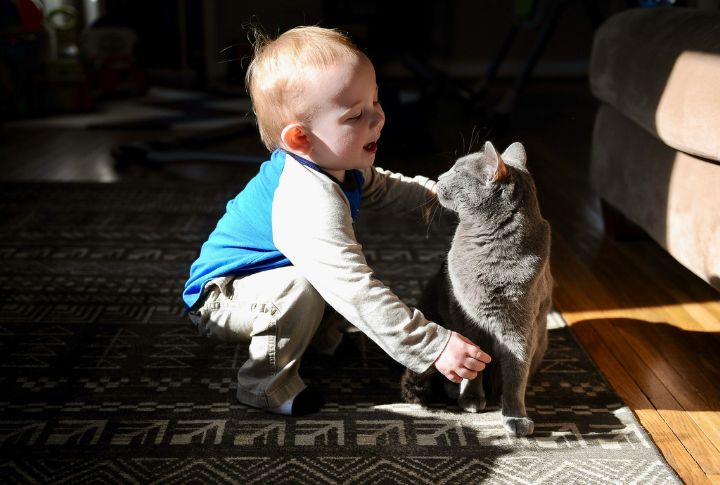
Harming innocent animals without remorse is rare but signals serious trouble ahead. When combined with emotional instability, it strongly predicts future violence. This warning becomes even more critical when bedwetting and fire-setting are also present in the kid’s behavior pattern.
Watches A Lot Of Violent Content

Most kids naturally feel uncomfortable watching blood and gore. But a child who actively seeks it out and shows no visible reaction? That’s concerning. Such behavior may indicate issues with empathy or growing desensitization, which is quite alarming when mixed with other red flags.
Frequent Threats Of Hurting Others
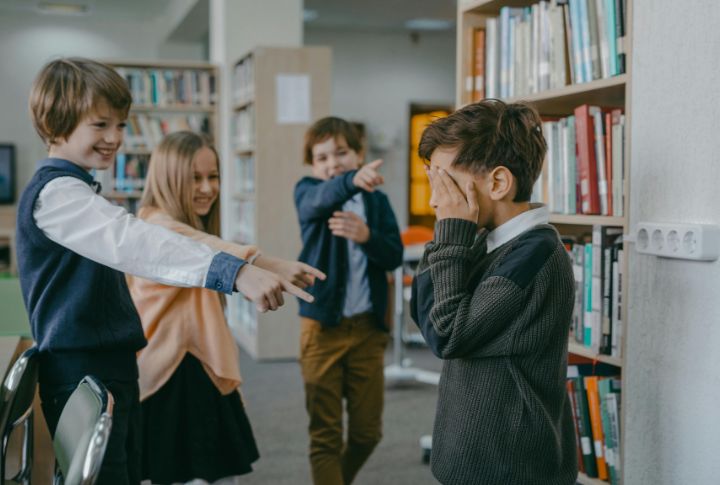
Comments or fantasies about harming others are genuine warning signs for future aggression. If your kid calmly describes how they’d hurt a classmate or “joke” about bringing weapons to school, they need immediate attention. Flat delivery or casual repetition makes these threats serious.
Manipulative Behavior To Control Others

Some children master manipulation to dominate their peers through deception and intimidation. They might threaten to spread rumors unless others comply, and lie to turn friends against each other. These control tactics are seeds of chronic aggression that can lead to violence and fractured relationships.
Deliberate Destruction Of Property
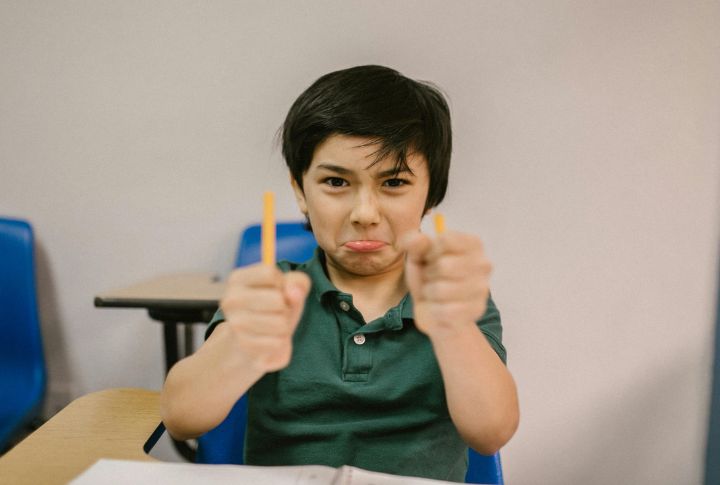
Kids who often destroy things in the house or vandalize someone else’s property need professional evaluation. Breaking siblings’ belongings, punching holes in walls, or smashing their own toys, especially over minor issues, indicates broader aggressive tendencies.
Lack Of Guilt After Causing Harm
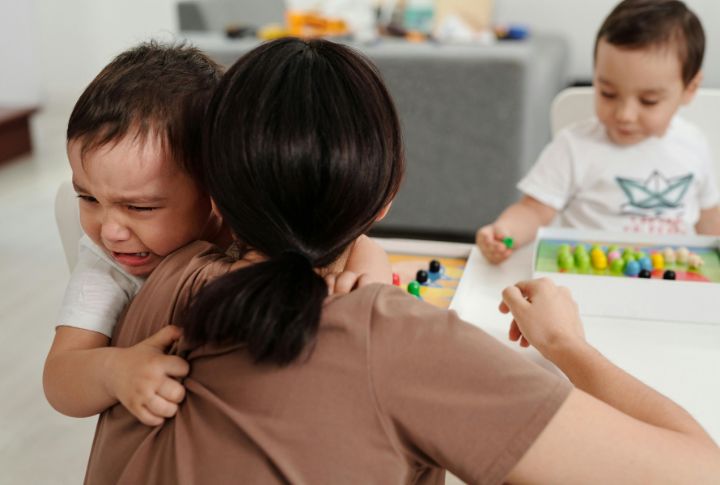
Causing others to cry without apology and hurting family members, then showing indifference, is also a big sign. This absence of guilt usually appears alongside other conduct issues like theft and resentment of family members.
Obsession With Weapons
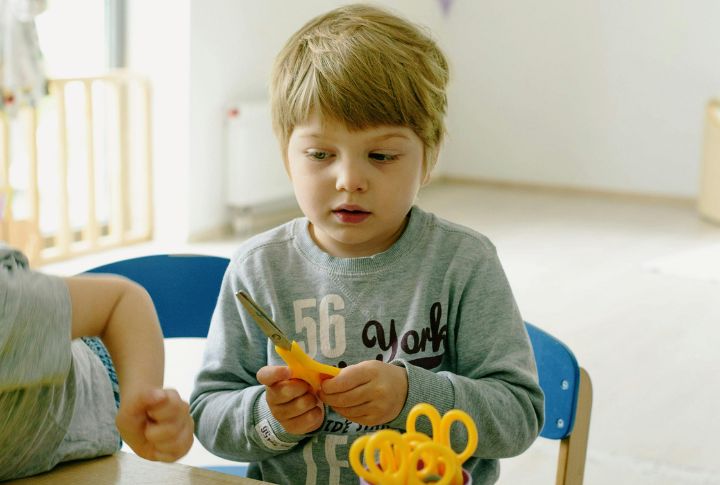
Extreme weapon fascination reveals itself through specific behaviors: hiding sharp objects, constantly researching firearms, and obsessively talking about tools of harm. The moment these kids gain access to real weapons, the situation shifts from concerning to critically dangerous.
Frequent Defiance Of Rules

If your child keeps breaking rules and the defiance grows stronger over time, it’s more than simple rebellion. What starts small can turn into a serious pattern of bad behavior. It shows a growing disregard for respect and laws that may someday lead to illegal actions.
Isolation And Paranoid Thoughts
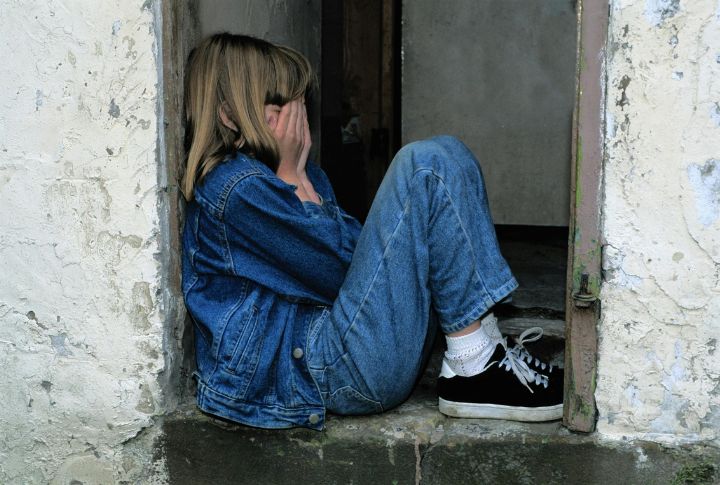
You might notice a young person pulling away, spending time alone, and growing defensive. Over time, that solitude can breed resentment and paranoia. Once they start believing others are out to get them, even simple kindness may begin to feel like an attack—and that mindset can turn volatile.
Enjoyment In Watching Others Suffer

It’s deeply concerning when a kid laughs at or enjoys another person’s pain. Whether it happens face-to-face or through social media, that reaction signals a serious lack of empathy. Left unchecked, this mindset can grow into more harmful behavior in the future.

